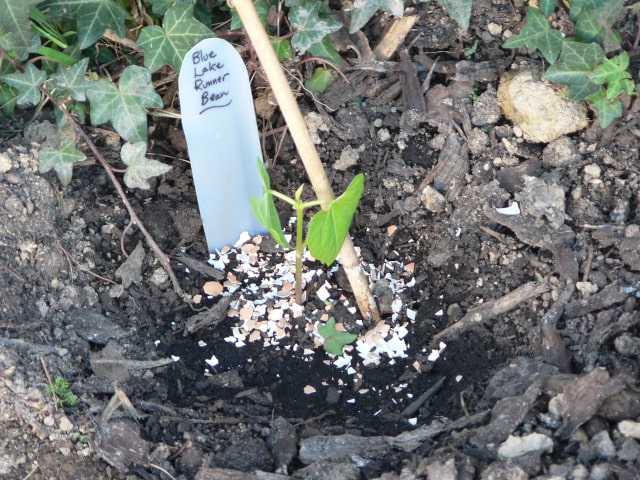
Eggshells can be used in many great ways in your garden. They are a great, inexpensive aid to any home gardener, and they can replace expensive and potentially dangerous commercial products in numerous ways.
From compost to pest deterrent, there are many ways to use eggshells in the garden. There are many uses you can find for eggshells, which also helps diminish the landfill content, so it's beneficial for the environment. Keep in mind that eggshells are rich in nutrients, which is something that can be welcomed in the garden. Eggshells contain calcium, phosphorus and magnesium, as well as some traces of other elements, such as sodium, potassium, and iron. It is a real shame to throw all these nutrients away, especially when you can easily use them for your plants.
Prepare Eggshells Properly
Before you can use eggshells in the garden, you need to prepare them properly. First, you need to collect them and wash them to remove any remaining raw egg. This will avoid attracting insects and will also prevent any unpleasant smell forming.
After this, you should dry your eggshells. You can place them on an ovenproof dish. If you are concerned of the eggshells going bad, you can boil them in water first. Place the dish in the oven and start preheating. They should only be inside for a few minutes - this will be enough to dry the eggshells properly.
Once that the eggshells are dried, it is time to break them or grind them, if you need them to be in the form of a fine powder. Please note that not all uses of eggshells in the garden require fine powder, so reserve this only for those times that are needed.
Grinding eggshells in a fine powder is best to be done using a small blender. Once you get the powder, you can easily store it in jars for later use in the garden.
Here are some great ways to use eggshells in the garden:
Eggshells as Compost
Perhaps the most common use of eggshells in the garden is in the compost. Eggshells are great sources of nutrients. So, it makes sense to use them as a help to your plants. You can add them easily to your compost pile.
When adding eggshells to the compost bin, make sure to break them into very small pieces, which will speed up the decomposition process. Grinding the eggshells into powder is also an excellent way to go.
Eggshells as a Soil Amendment
Another way to use eggshells in the garden is to amend your soil that is in need of come calcium. This is particularly true if your garden soil is acidic, so adding some calcium might be helpful. Calcium is alkaline, so it lowers the acidic properties of the soil. If you wish to grow acidic-loving plants, then do not add eggshells. However, many plants prefer soil that is more neutral or even slightly alkaline, and eggshells can come in handy for those situations.
For example, tomatoes can greatly benefit from some added calcium, so adding some eggshells during planting can improve the health and strength of your tomato plants. However, make sure to break the eggshells into tiny pieces, preferably ground to a fine powder.
Before you use eggshells to amend the soil, make sure to test the soil so you know that the added calcium is beneficial for your plants.
Eggshells as Pest Deterrent
A great use of eggshells in the garden is as an effective pest deterrent. You can simply break the eggshells and place them around your plants to deter many soft-bodied pests. While it will not work against all pests in the garden, it can be very effective against some, such as cutworms and many types of caterpillars and maggots.
Simply scatter crushed eggshells with sharp edges around your plants. This will act as an effective barrier against pests.
Eggshells as Seed Starting Containers
This is a very effective and creative way to use the eggshells. You can use them as tiny containers to start your seeds. The eggshells are ideal for small plants that do not grow quickly. You need seeds that are small enough when they germinate into seedlings so they can fit into the eggshell. Plants that grow rapidly, such as tomatoes, are not a good candidate for this method.
Plants that are small and grow slowly, such as thyme, cucamelons or many varieties of succulents, are ideal to be started from seeds in the eggshells.
Just make sure that the eggshells are clean: gently wash them in warm, soapy water. Alternatively, you can boil them in hot water to sterilize them. After they are clean, make sure to gently poke a few small holes into the bottom of each shell. This will ensure that the soil from the seedlings drains well.
Add the potting soil to the eggshells and start your seeds that way. When the seedlings grow, make sure to remove them from the eggshell - the eggshells should not be planted into a larger container when you transfer your seedlings to a bigger pot. You can simply crack the eggshell to remove the seedling if you can't simply lift it out of the eggshell with a help of a spoon.
Photo credit: Natasha
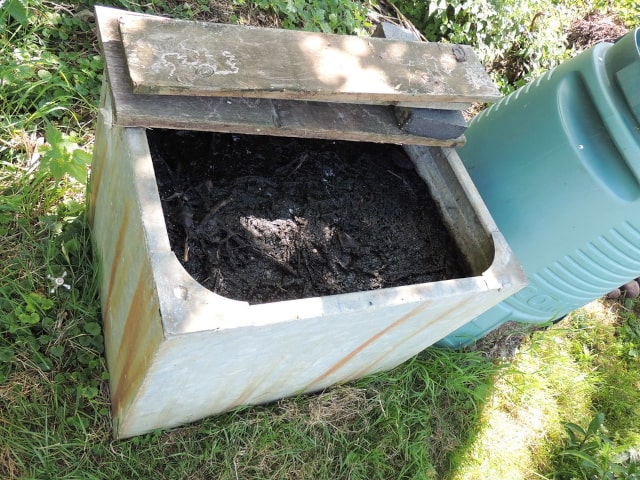
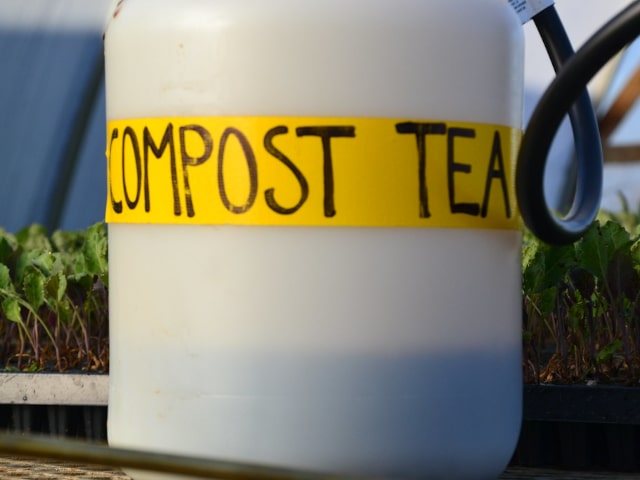
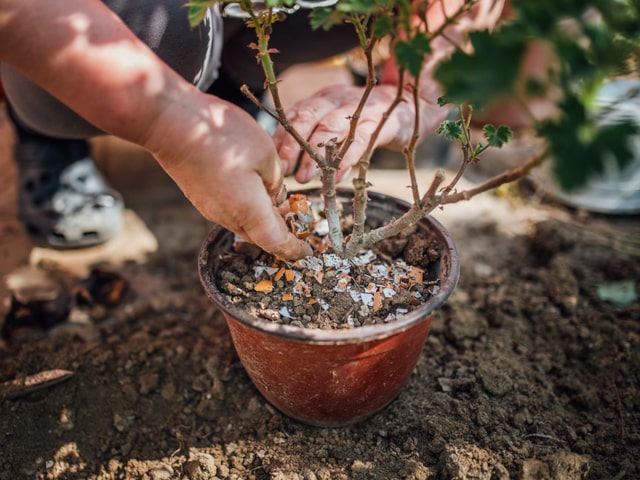
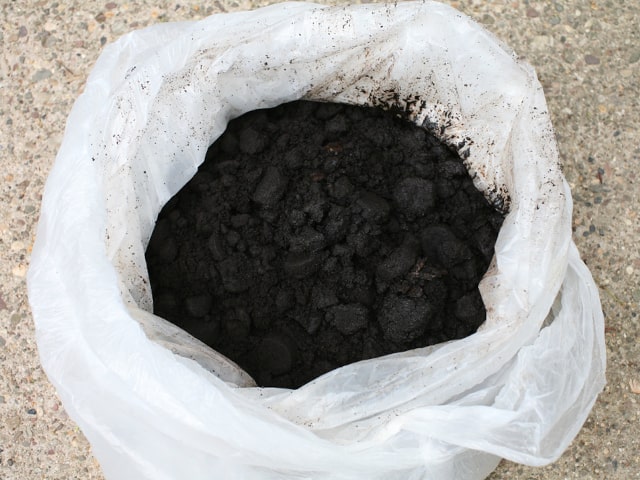
0 Comments